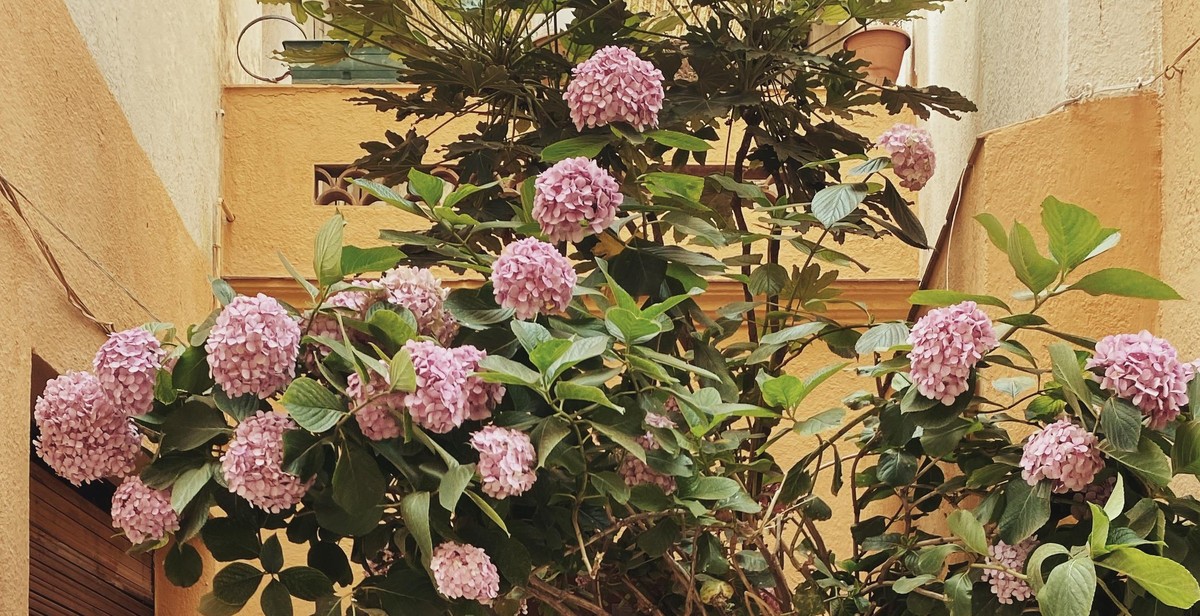Introduction: How to Lay Pavers and Create a Beautiful Patio
Creating a beautiful patio is a great way to add value to your home and increase your outdoor living space. One of the key elements of a great patio is the type of material you use to create it. Pavers are a popular choice for many homeowners because they are durable, easy to maintain, and come in a variety of styles and colors.
While laying pavers may seem like a daunting task, it is actually a project that can be completed with just a few tools and some basic knowledge. In this article, we will provide you with a step-by-step guide on how to lay pavers and create a beautiful patio that will last for years to come.
Benefits of using pavers for your patio
- Durable and long-lasting
- Easy to maintain
- Wide variety of styles and colors to choose from
- Can be customized to fit any shape or size
- Environmentally friendly
Whether you are looking to create a small, intimate patio area or a large outdoor entertainment space, pavers are a great choice. So, let’s get started on creating the perfect patio for your home!

How to Lay Pavers and Create a Beautiful Patio
Step 1: Planning and Preparation
Before starting the project of laying pavers and creating a beautiful patio, you need to do some planning and preparation. This step is crucial to ensure that the project goes smoothly and the end result is exactly what you want. The following are the key aspects to consider in the planning and preparation stage:
Choosing the Right Pavers
The first step in planning your patio is choosing the right pavers. There are many different types of pavers available, including concrete, brick, and natural stone. Consider the style of your home and the look you want to achieve when choosing your pavers. Natural stone pavers, for example, can give a rustic and natural look to your patio, while concrete pavers are more modern and sleek.
Measuring and Marking the Area
The next step is to measure and mark the area where you want to lay the pavers. Use a measuring tape and stakes to mark the corners of the patio area. This will help you determine the amount of materials you will need and the cost of the project. Make sure to leave some extra space around the edges for a border.
Preparing the Ground
Preparing the ground is an important step in laying pavers. Start by removing any grass or vegetation from the area. The ground should be levelled and compacted to ensure a stable base for the pavers. Use a plate compactor or a hand tamper to compact the soil. Add a layer of sand or gravel to the area and level it out. This will provide a stable base for the pavers and help with drainage.
By following these three key steps in the planning and preparation stage, you will be well on your way to creating a beautiful patio that you can enjoy for years to come.

Step 2: Laying the Base Layer
Once you have prepared the area for your patio, it’s time to start laying the base layer of your pavers. This is a crucial step in the process, as it will provide a stable foundation for your patio and ensure that your pavers stay in place for years to come.
Adding and Compacting the Base Material
The first step in laying the base layer is to add the base material. This can be a mixture of crushed stone, gravel, or sand, depending on your preference and the type of soil you have. The base material should be added in layers, with each layer being compacted before adding the next. This will help to ensure that the base is level and stable.
To compact the base material, you can use a plate compactor or a hand tamper. Start at one end of the patio and work your way across, making sure to compact each layer thoroughly before moving on to the next. The base layer should be at least 4 inches thick, but may need to be thicker depending on the soil conditions and the weight of the pavers.
Creating a Slope for Drainage
Another important aspect of laying the base layer is creating a slope for drainage. This will help to prevent water from pooling on your patio and causing damage to your pavers over time. The slope should be at least 1/4 inch per foot, but may need to be steeper depending on the size and shape of your patio.
To create the slope, start at the highest point of your patio and use a string level to determine the slope. You can then adjust the base material as needed to create the desired slope. Once the slope has been created, make sure to compact the base material again to ensure that it is level.
Overall, laying the base layer is a crucial step in the process of creating a beautiful patio with pavers. By adding and compacting the base material and creating a slope for drainage, you can ensure that your patio will be stable, level, and able to withstand the test of time.

Step 3: Laying the Pavers
Now that you have prepared the ground and created a stable base, you are ready to start laying the pavers. Follow these steps:
Starting at a Corner
Start at a corner of your patio and work your way out. This will ensure that your patio stays square and level. Use a string line to guide you and keep your pavers in a straight line.
Using a Pattern or Design
Consider using a pattern or design when laying your pavers. This will add visual interest and make your patio more unique. You can create a simple pattern with rectangular pavers or get creative with circular or irregular shapes.
If you are using a pattern, lay out the pavers first to make sure you have enough and that the pattern works. Adjust the pattern as needed before you start laying the pavers.
Cutting Pavers
When you get to the edges of your patio, you may need to cut some pavers to fit. Use a saw with a diamond blade to make precise cuts. Measure twice and cut once to avoid wasting pavers.
Remember to wear safety glasses and gloves when cutting pavers.
Once you have laid all of the pavers, use a plate compactor to set them into the sand and create a level surface. Sweep sand into the joints between the pavers to lock them in place and prevent weeds from growing.
Congratulations, you have now laid your pavers and created a beautiful patio!

Step 4: Adding the Finishing Touches
After laying the pavers, the next step is to add the finishing touches to your patio. This involves sanding the joints and sealing the pavers to give your patio a clean and polished look.
Sanding the Joints
The first step in sanding the joints is to remove any debris or excess sand from the surface of the pavers. This can be done using a broom or a leaf blower. Once the surface is clean, you can begin to fill the joints with polymeric sand or regular sand. Polymeric sand is a mixture of sand and special additives that harden and lock into place when exposed to moisture. This type of sand is preferred because it helps to prevent weed growth and insect infestation.
To apply the sand, pour it onto the surface of the pavers and use a broom to sweep it into the joints. Be sure to fill the joints completely and evenly. Once the joints are filled, use a compactor to tamp down the sand and ensure that it is tightly packed. After compacting, sweep away any excess sand from the surface of the pavers.
Sealing the Pavers
Sealing the pavers is an important step in maintaining the longevity and appearance of your patio. Sealing helps to protect the pavers from stains, weather damage, and fading. There are two types of sealers available: film-forming and penetrating. Film-forming sealers create a protective layer on the surface of the pavers, while penetrating sealers penetrate the pavers to provide protection from within.
To apply the sealer, first clean the surface of the pavers using a pressure washer or a mild detergent solution. Allow the surface to dry completely before applying the sealer. Use a roller or a sprayer to apply the sealer evenly to the surface of the pavers. Be sure to apply the sealer to the joints as well. Allow the sealer to dry completely before walking on the surface of the patio.
By sanding the joints and sealing the pavers, you can give your patio a finished and polished look. These finishing touches not only enhance the appearance of your patio but also help to protect it from damage and maintain its longevity.

Conclusion
Laying pavers to create a beautiful patio can be a challenging task, but it is also a highly rewarding one. By following the steps outlined in this guide, you can ensure that your patio is not only beautiful but also durable and long-lasting. Remember to take your time and pay attention to the details, such as ensuring proper drainage and using the right materials.
Tips for Success
- Make sure you have all the necessary tools and materials before starting.
- Take accurate measurements and plan your design carefully.
- Prepare the area properly by removing any grass, weeds, or debris.
- Use a level and a string line to ensure that your pavers are level and even.
- Use a plate compactor to ensure that the pavers are firmly in place.
- Apply a sealant to protect your patio from stains and weather damage.
Final Thoughts
Laying pavers to create a beautiful patio can be a fun and rewarding DIY project. Whether you are a seasoned DIYer or a beginner, with the right tools, materials, and guidance, you can create a beautiful and functional outdoor space that you will enjoy for years to come. So, roll up your sleeves, put on your work gloves, and get ready to create the patio of your dreams!
